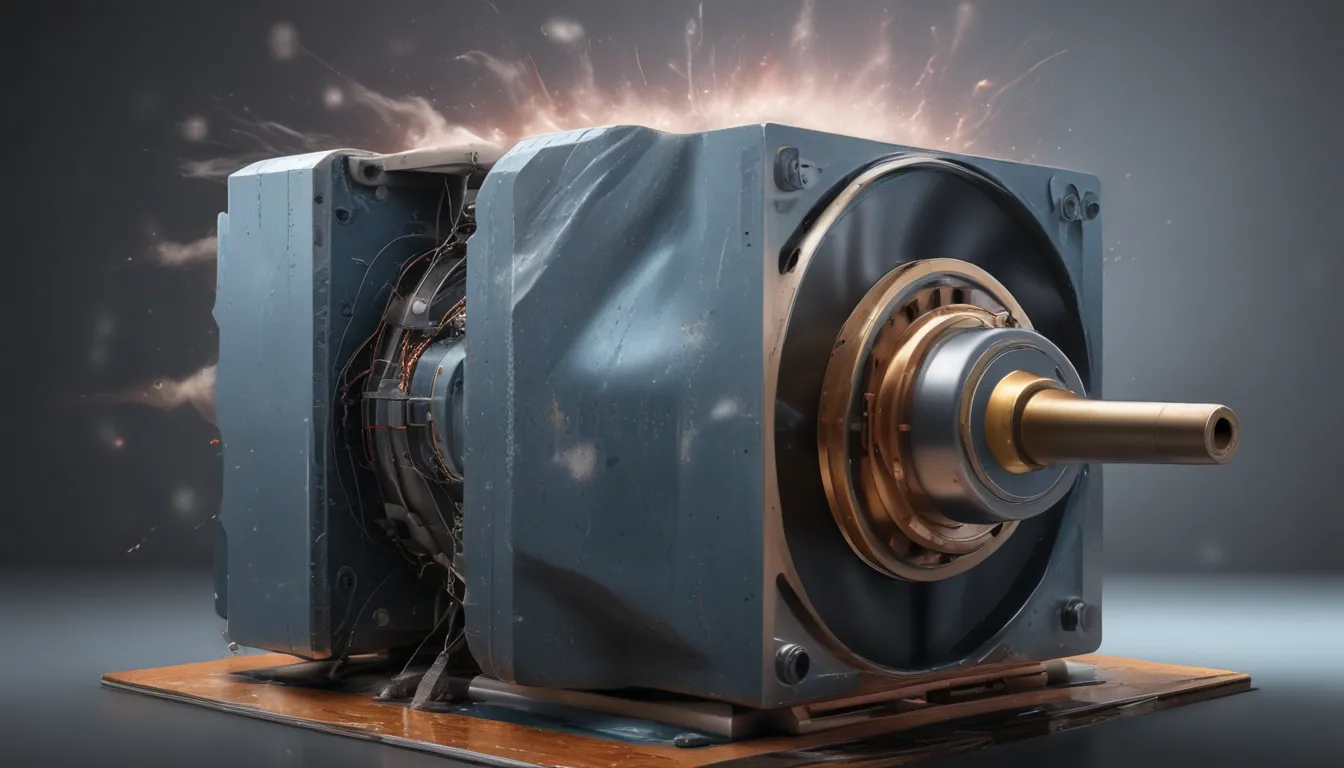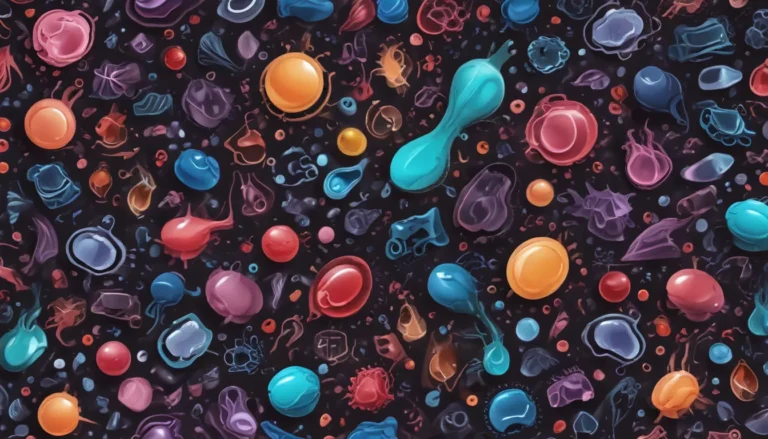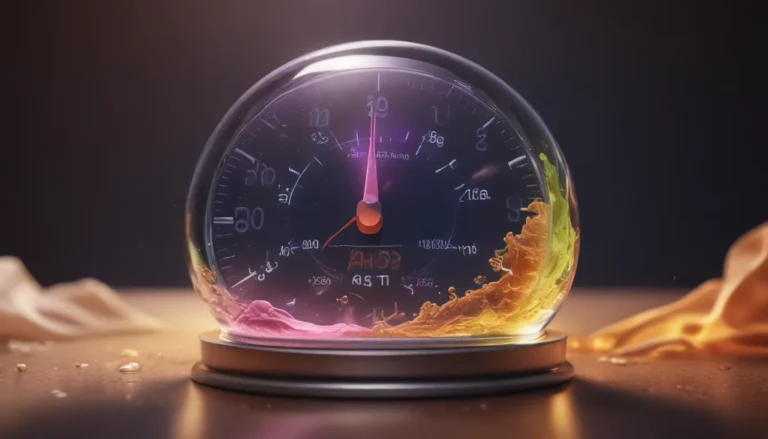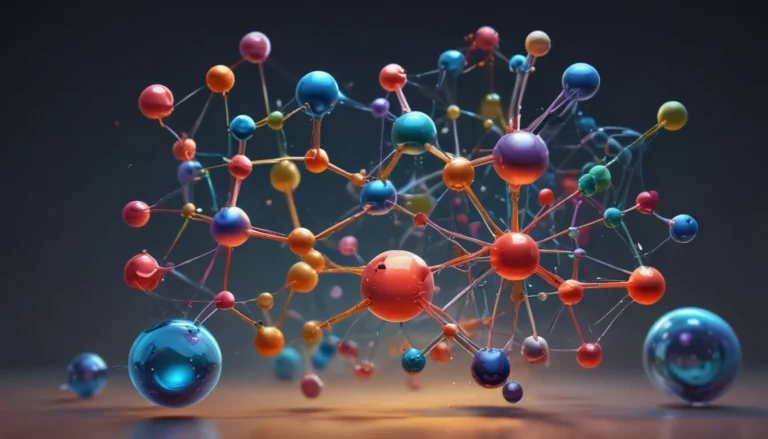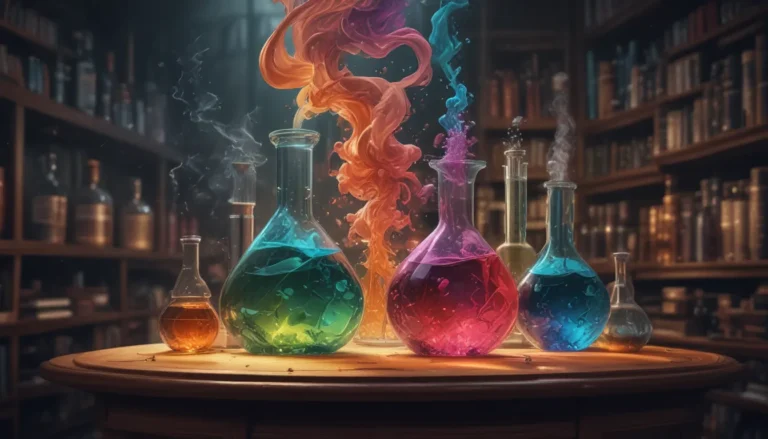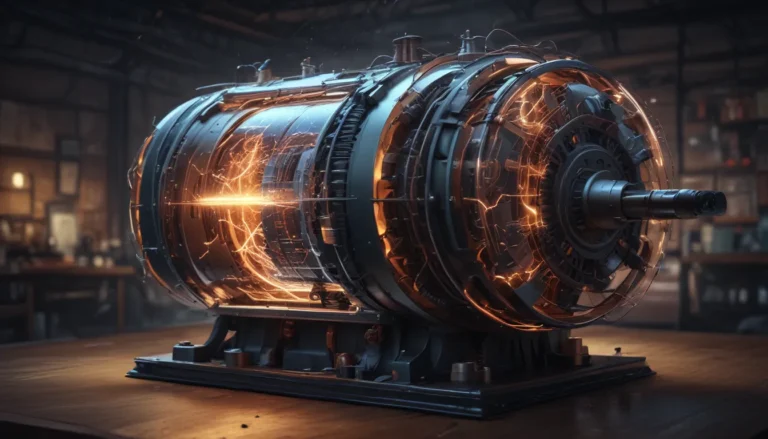A Note About Images: The images used in our articles are for illustration purposes only and may not exactly match the content. They are meant to engage readers, but the text should be relied upon for accurate information.
Superconductors have revolutionized the world of physics and engineering with their remarkable properties. Among them, Type I superconductors stand out for their unique characteristics. In this article, we will take a deep dive into the captivating realm of Type I superconductors and unveil 11 unbelievable facts about these extraordinary materials. From their low critical temperature to their groundbreaking applications, let’s embark on a journey to explore the wonders of Type I superconductors!
The Astonishing World of Type I Superconductors
Type I superconductors are known for their distinct features that set them apart from other types of superconductors. These materials exhibit zero electrical resistance when cooled below a critical temperature, allowing for the flow of electricity without any losses. While they are not commonly used in everyday applications due to their need for extreme cold conditions, Type I superconductors have paved the way for numerous scientific and technological advancements.
Key Takeaways:
- Type I superconductors have a critical temperature below 30 K, making them super cool but impractical for everyday use due to their need for extreme cold conditions.
- They can completely expel magnetic fields and are mainly composed of elemental metals, making them the oldest known type of superconductors.
Exploring the Fascinating Facts of Type I Superconductors
1. Type I Superconductors Have a Critical Temperature Below 30 K
Type I superconductors are characterized by their low critical temperature, which is below 30 Kelvin. This means that they require extremely cold conditions to exhibit superconductivity, making them impractical for everyday applications.
2. They Exhibit Complete Expulsion of Magnetic Fields
One fascinating property of Type I superconductors is their ability to completely expel any magnetic field applied to them, known as the Meissner effect. This phenomenon arises from the formation of a superconducting current on the material’s surface, creating an opposing magnetic field that leads to the expulsion of the external field.
3. Type I Superconductors Display Type-II Superconductivity Under High Magnetic Fields
Although Type I superconductors typically exhibit complete diamagnetic behavior, they can transition into a Type-II superconductor under the influence of high magnetic fields. In this state, they allow partial penetration of magnetic fields, forming magnetic flux lines within the material.
4. They Are Brittle and Sensitive to Mechanical Stress
Type I superconductors are known for their brittleness and sensitivity to mechanical stress. Any deformation or strain on the material can disrupt its superconducting properties, leading to a loss of superconductivity. This feature makes them challenging to handle and limits their practical applications.
5. They Are Mainly Composed of Elemental Metals
Type I superconductors are predominantly made up of elemental metals such as lead, mercury, and tin. These metals possess the necessary crystal structure and electronic properties to exhibit superconductivity when cooled below their critical temperature.
6. They Were First Discovered by Heike Kamerlingh Onnes
The discovery of superconductivity in Type I materials can be credited to Heike Kamerlingh Onnes, a Dutch physicist who successfully liquefied helium and achieved extremely low temperatures in his laboratory. In 1911, he discovered the phenomenon of superconductivity while studying the electrical resistance of mercury at cryogenic temperatures.
7. Type I Superconductors Have Zero Electrical Resistance
When cooled below their critical temperature, Type I superconductors exhibit zero electrical resistance. This means that electrical currents can flow through them indefinitely without any energy loss, making them highly efficient conductors for electrical power applications.
8. They Can Exclude Very High Magnetic Fields
Type I superconductors have the remarkable ability to exclude extremely high magnetic fields. This property, known as flux pinning, occurs when magnetic flux lines become trapped within the material, forming stable vortices. These vortices prevent the complete penetration of the magnetic field, allowing the superconductor to maintain its superconducting properties.
9. They Can Exhibit Isotope Effect
Type I superconductors can demonstrate the phenomenon of isotope effect, where the critical temperature for superconductivity is influenced by the isotopic composition of the material. By substituting isotopes with different atomic masses, the critical temperature can be either raised or lowered, providing insights into the mechanisms of superconductivity.
10. They Have Limited Applications due to Low Critical Temperature
Due to their low critical temperature, Type I superconductors have limited practical applications. However, they are still utilized in certain technologies such as magnetic levitation for transportation systems and high-field magnets for scientific research and medical imaging.
11. They Are the Oldest Known Type of Superconductors
Type I superconductors are considered the oldest and most well-known type of superconductors. Their discovery marked the inception of the superconductivity field and laid the groundwork for further advancements in the study and understanding of superconducting materials.
Fueling Curiosity and Innovation
In conclusion, the realm of superconductors, especially Type I superconductors, continues to astonish and inspire. Their ability to conduct electricity with zero resistance below a critical temperature has opened up new possibilities in various industries and applications. As we unravel the mysteries of Type I superconductors, we witness a world of endless opportunities for innovation and technological advancement.
As researchers delve deeper into the realm of superconductors, new horizons emerge for Type I superconductors. From high-efficiency power transmission lines to advanced magnetic levitation systems, the potential applications of these materials are vast and promising. The future holds exciting developments in the field of Type I superconductors, offering a glimpse into the boundless possibilities that lie ahead.
Unleashing the Power of Knowledge: FAQs
-
What is a Type I superconductor?
A Type I superconductor is a material that can conduct electric current with zero electrical resistance when cooled below a certain critical temperature. -
How is a Type I superconductor different from other types?
Type I superconductors exhibit a complete expulsion of magnetic fields, known as the Meissner effect, when they transition to a superconducting state. In contrast, Type II superconductors allow magnetic fields to penetrate in the form of vortices. -
What are some examples of Type I superconductors?
Examples of Type I superconductors include elemental metals such as mercury, lead, and tin, as well as some alloys and compounds like niobium-titanium and niobium-tin. -
What is the critical temperature of Type I superconductors?
The critical temperature, also known as the transition temperature, varies depending on the material. For instance, mercury has a critical temperature of around 4.2 Kelvin (-268.95 degrees Celsius). -
Can Type I superconductors be used in everyday applications?
While Type I superconductors have limitations due to their low critical temperatures and brittleness, they are still used in various applications such as high-field magnets, magnetic shielding, and some experimental research devices.
Embracing the Wonder of Scientific Exploration
Unraveling the intricacies of Type I superconductors unveils a world of marvels that challenge our understanding of the natural phenomena around us. From the inception of superconductivity to the forefront of technological innovations, the journey into the realm of Type I superconductors is a testament to human curiosity and ingenuity. As we embark on this captivating adventure, let us continue to question, explore, and appreciate the wonders that enrich our lives and shape the future of science and technology.
Was this page helpful? Our commitment to delivering reliable and engaging content drives us to uphold the highest standards of accuracy and authenticity. Each fact we share is contributed by real users, ensuring a diverse range of insights and information. Trust in our dedication to quality and authenticity as you navigate the realm of knowledge with us.
